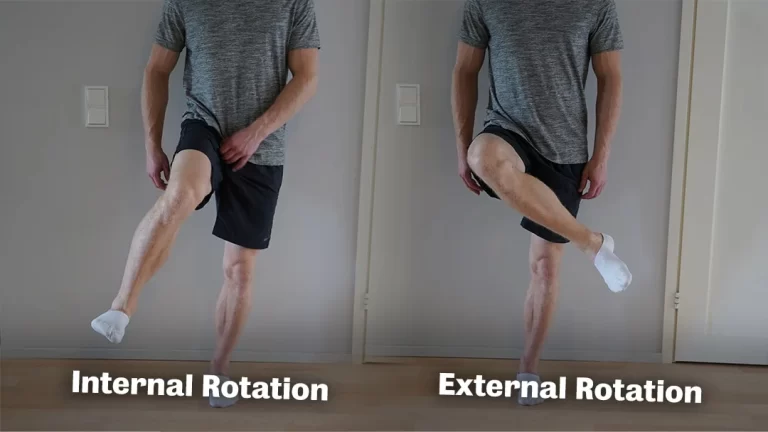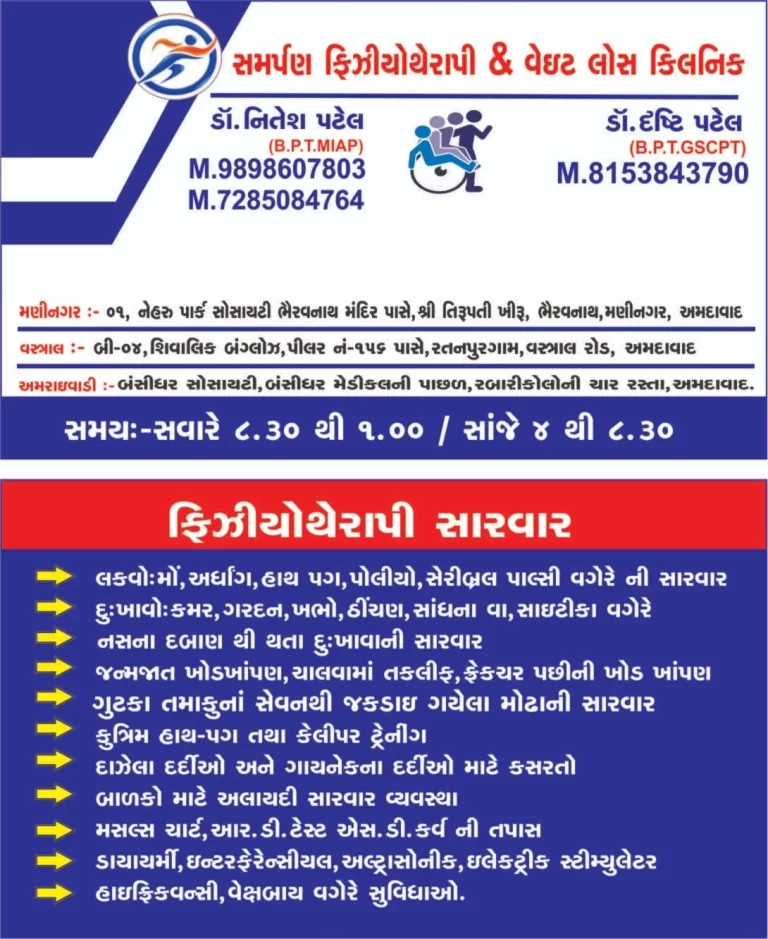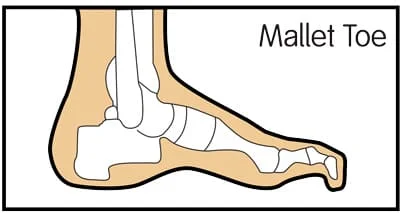Cotton test of Ankle
The Cotton test, also known as the Cotton Ankle Test, is a medical examination used to diagnose injuries or conditions related to the ankle joint. It is named after the orthopedic surgeon John M. Cotton who developed this test. The test is commonly employed by medical professionals, such as orthopedic specialists and physical therapists, to assess the stability and integrity of the ankle ligaments.
The primary purpose of the Cotton test is to evaluate the presence of instability in the ankle joint, particularly the lateral (outer) aspect of the joint. This instability is often associated with injuries to the lateral ankle ligaments, such as the anterior talofibular ligament (ATFL), the calcaneofibular ligament (CFL), and the posterior talofibular ligament (PTFL). These ligaments are susceptible to sprains or tears, typically occurring due to sudden twisting or rolling movements of the ankle.
- This is also known as the lateral stress test.
- This is a clinical test used to check for ankle ligament instability.
- A therapist uses it in the clinic when a patient complains of ankle pain.
Table of Contents
What is the Purpose of the Ankle cotton test?
This test is used to evaluate syndesmosis instability, called diastasis, caused by the separation of the tibia and fibula.
Cotton test
Normally, the two ankle bones are held together by four ligaments.
the four ties include:
- Tibiofibular interosseous ligament
- Anteroinferior tibilofibular ligament
- Posterior tibilofibular ligament
- Transverse tibilofibular ligament
How do you do the Ankle cotton test?

The examiner stabilizes the distal tibia and fibula with one hand.
Next, a lateral transmission force, but no torsional force, is applied to the leg with the examiner’s other hand.
What is the result of the Ankle cotton test?
Any lateral translation that means more than 3-5 mm/bulb indicates syndesmotic instability.
Stoffel et al found that this test was superior to the lateral rotation stress test for determining syndesmotic instability on stress radiographs.
When the examiner applies a medial translational force, the test is called the medial subtalar slide test.
FAQ
What is the cotton test used for?
Introduction/Purpose:
The diagnosis of subtle instability of the distal tibiofibular syndesmosis is difficult. In surgically treated rotator cuff fractures, instability is usually assessed with the intraoperative Cotton test.






